Inside a Hemp Harvest: Behind the Scenes at Plain Jane
May is here, and that means it's the start of a new growing season for hemp farmers across the country. While the fall harvest often gets all the attention, the spring planting season is where the magic begins. Everything that ends up in your favorite hemp products starts with a seed—and we’re excited to give you a peek at what happens behind the scenes.
Let’s walk through what it takes to grow great hemp flower, from the field prep to the early stages of the growing cycle.?
Hemp Planting: Why Timing Is Everything
This time of year, farmers are watching the weather closely. The goal? Plant after the final frost, but early enough to give hemp plants the longest possible growing window. In regions like Southern Oregon, the optimal planting time usually falls between late April and early May.
Like all Cannabis sativa plants, hemp is photoperiod-sensitive, meaning it flowers based on natural light cycles. More time in the ground before flowering means stronger, better-developed plants. While planting everything in a day would be ideal, it usually stretches over several weeks due to labor and weather factors.
Labor and Field Prep: Getting the Ground Ready
Spring is a busy season. Tractors are prepping rows, irrigation systems are checked, and seedlings are either started indoors or transplanted into fields. The planting window is short, so many farms rely on seasonal help to get everything done in time.
In Jackson County, Oregon—a leader in hemp cultivation—this work supports not only the harvest but the local economy. With thousands of acres being prepared, short-term agricultural jobs are in high demand, helping farmers get seeds in the ground quickly.
What Comes Next? Building Toward Harvest
Once hemp is planted, the work continues. Farmers monitor water, pests, and early growth patterns—making adjustments for weather and soil conditions. Meanwhile, post-harvest infrastructure like barns and drying facilities is cleaned, repaired, or expanded in preparation for the fall crop.
This early care plays a big role in the final product. From CBD hemp cigarettes to top-selling strains like Royal OG and Bubba Kush, our quality depends on the precision and consistency of every step—starting right now, in the spring.
Frequently Asked Questions
What does a hemp farm smell like?
Hemp fields are aromatic and earthy—often described as similar to cannabis. Over time, as the plant cures, more complex terpene profiles become noticeable.
How many hemp farmers are there in Oregon?
More than 1,600 farmers across Oregon grow over 50,000 acres of hemp, making the state one of the nation's leading hemp producers.
What makes premium hemp flower different?
It’s all about planting timing, cultivation skill, and post-harvest care. Every decision—from seed selection to final trim—affects the finished product.
There's more than 1,600 farmers in Oregon growing a cumulative 50,000 acres of hemp.
What's Fresh at Plain Jane?
As farms move into a new season, your favorite hemp products are ready whenever you are. Explore new arrivals or restock your go-tos:
CBD Hemp Cigarettes
Hawaiian Haze
Discover Delta-8 Products
Shop Premium CBD Hemp Flower
Thanks for growing with us. Spring is a time of fresh starts, and we’re proud to share this season of growth with you.
Until next time,
—The Plain Jane Team
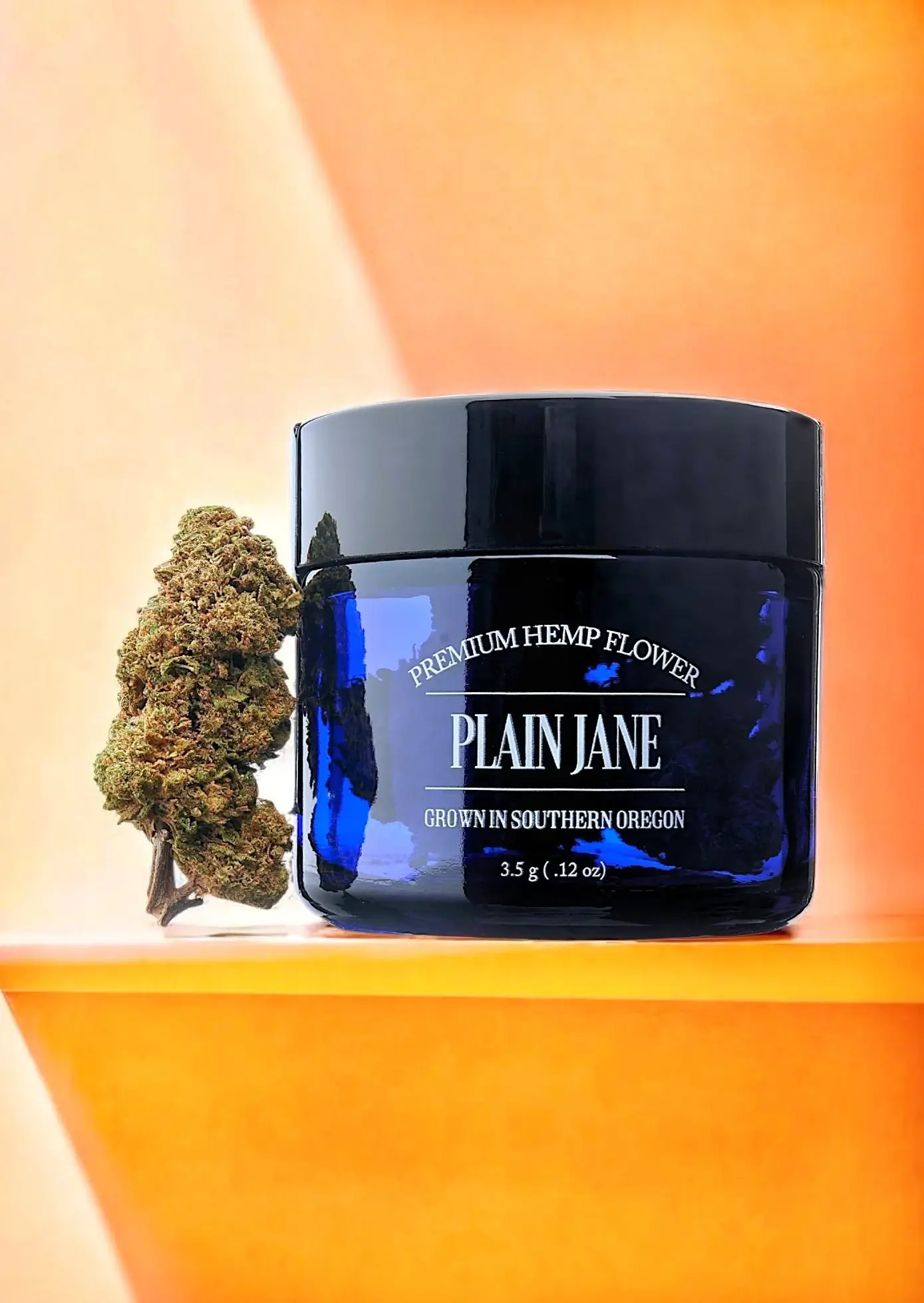
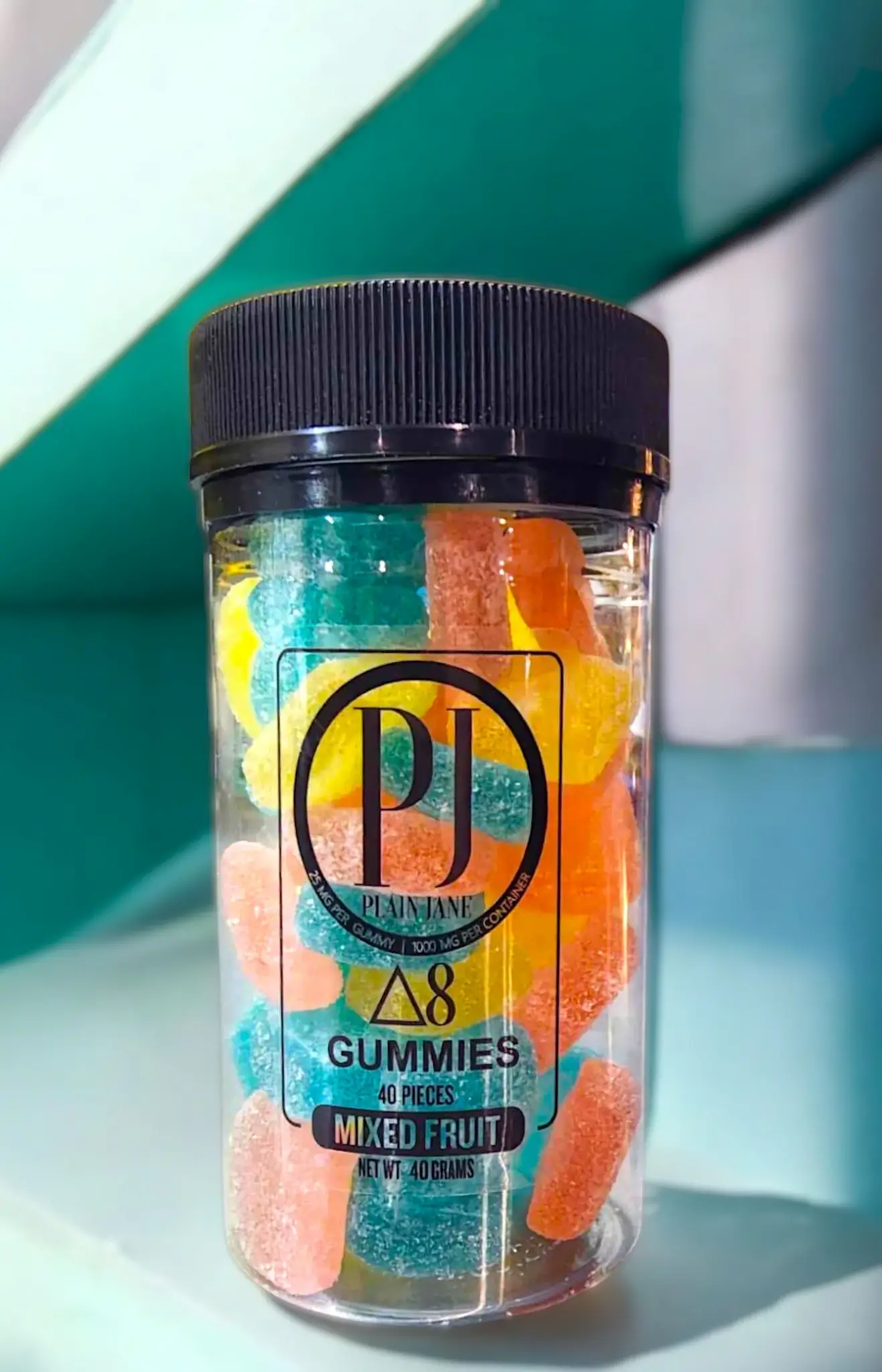
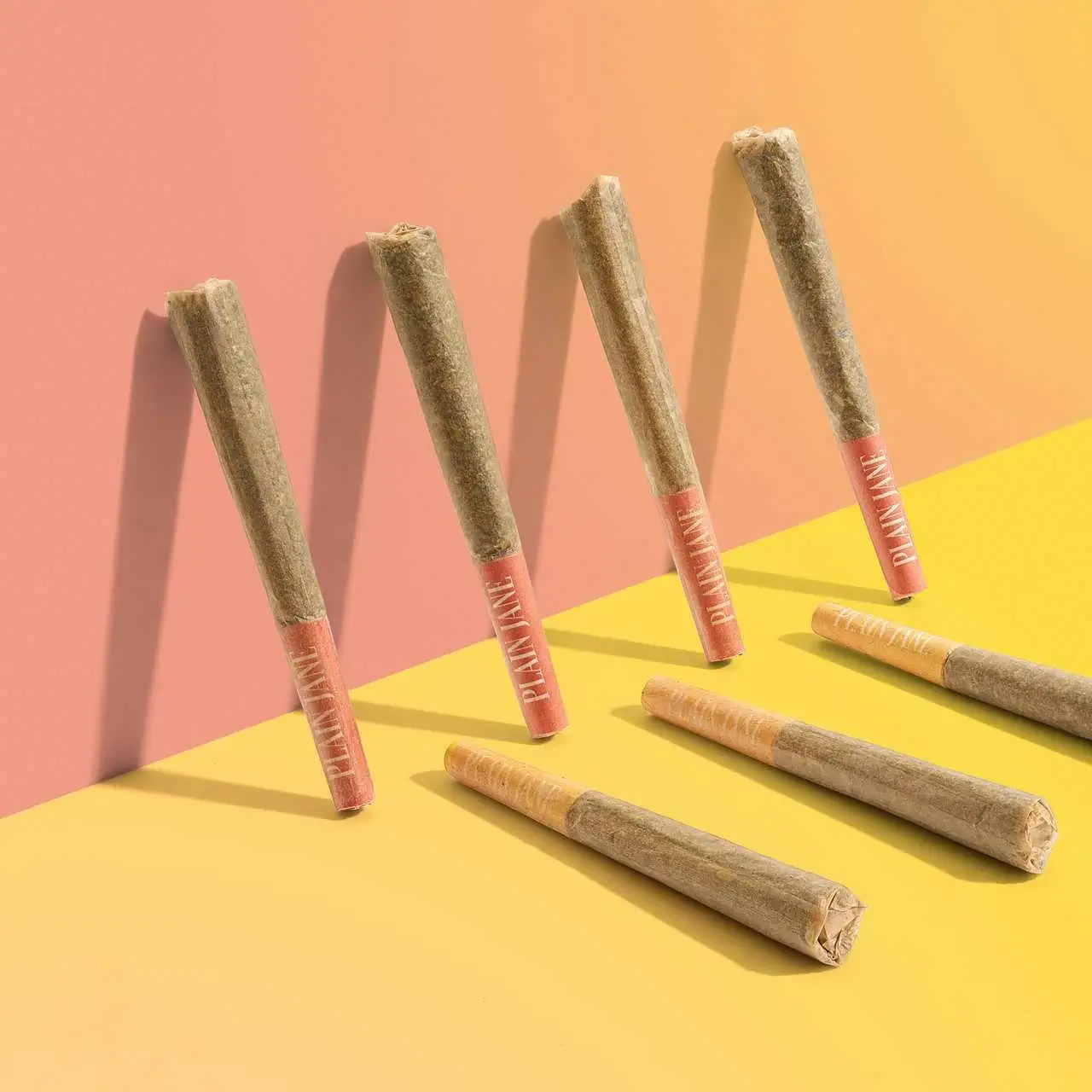

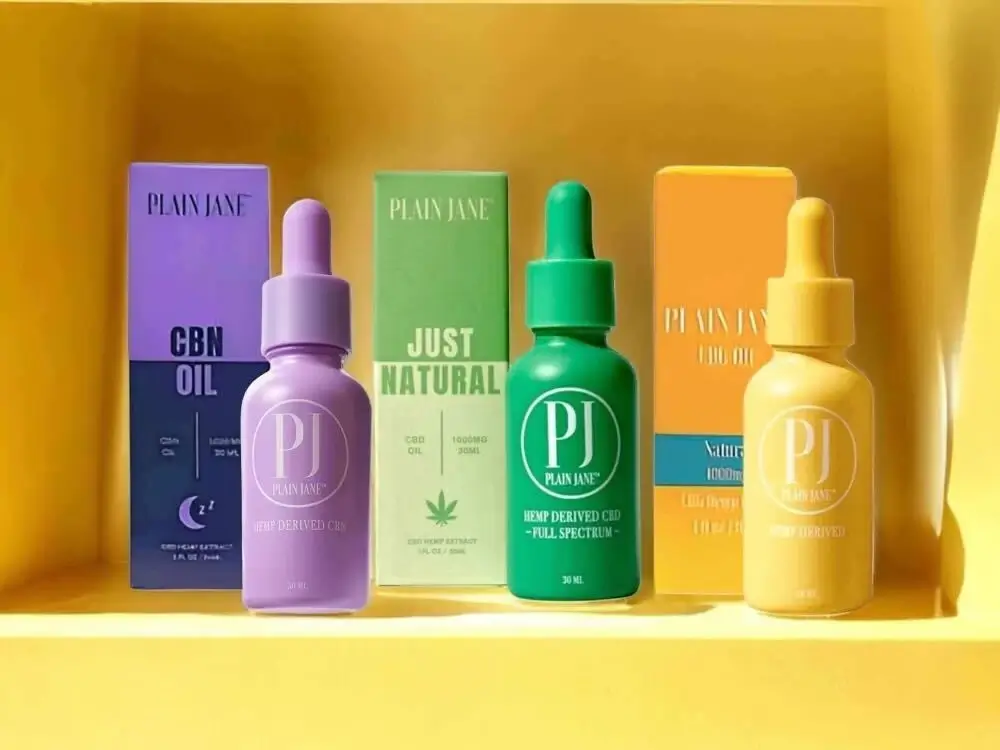
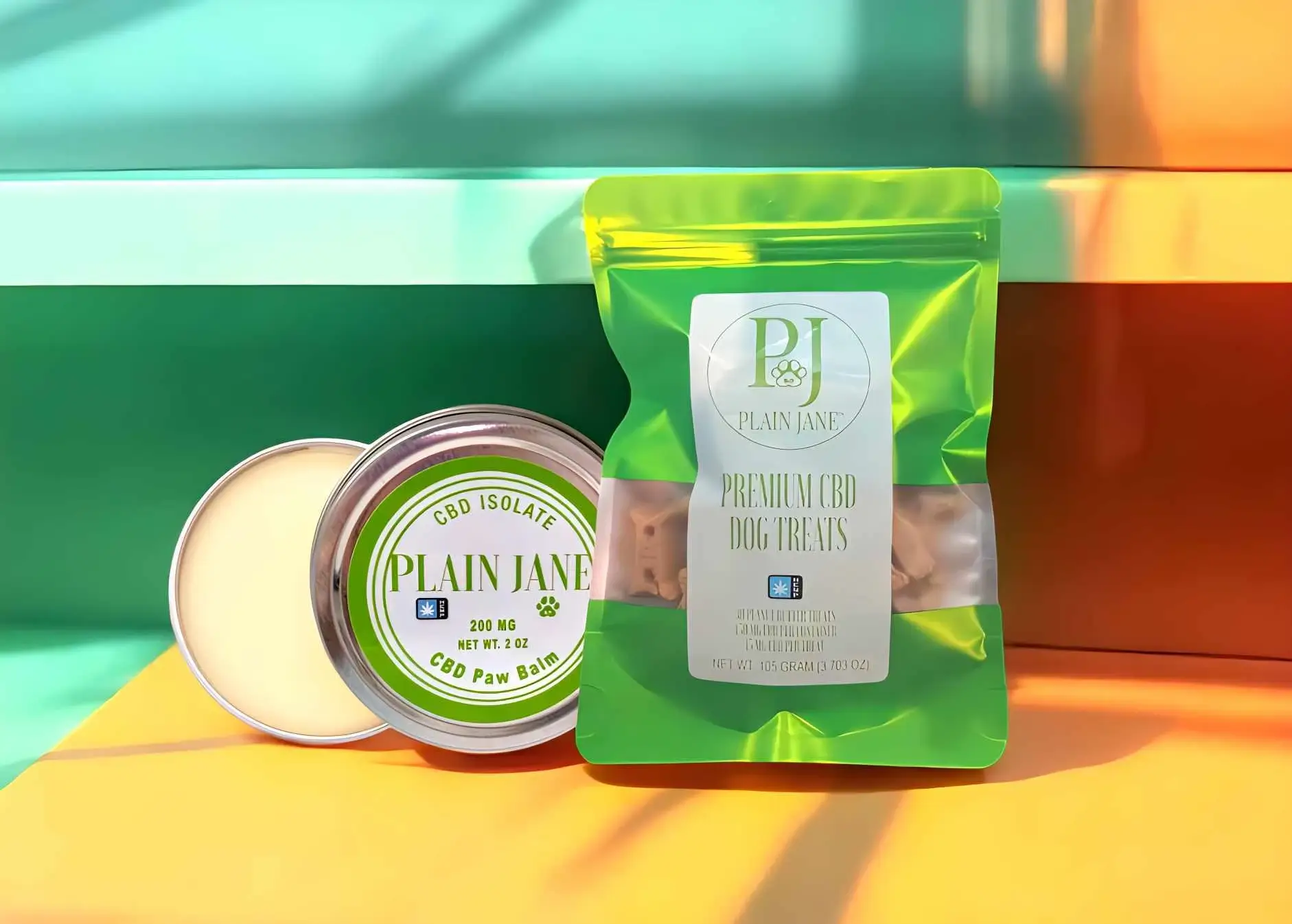
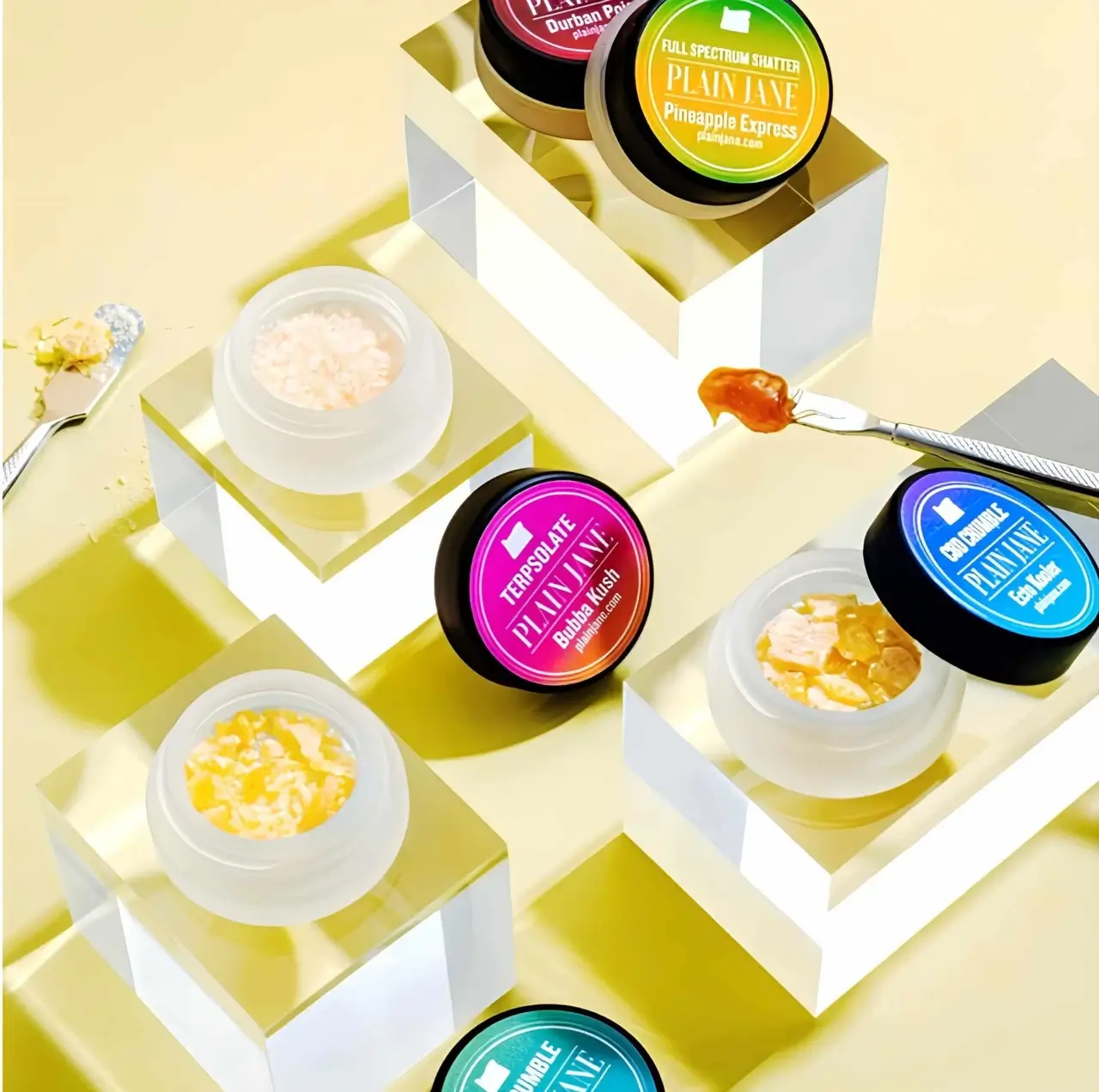
0 comments